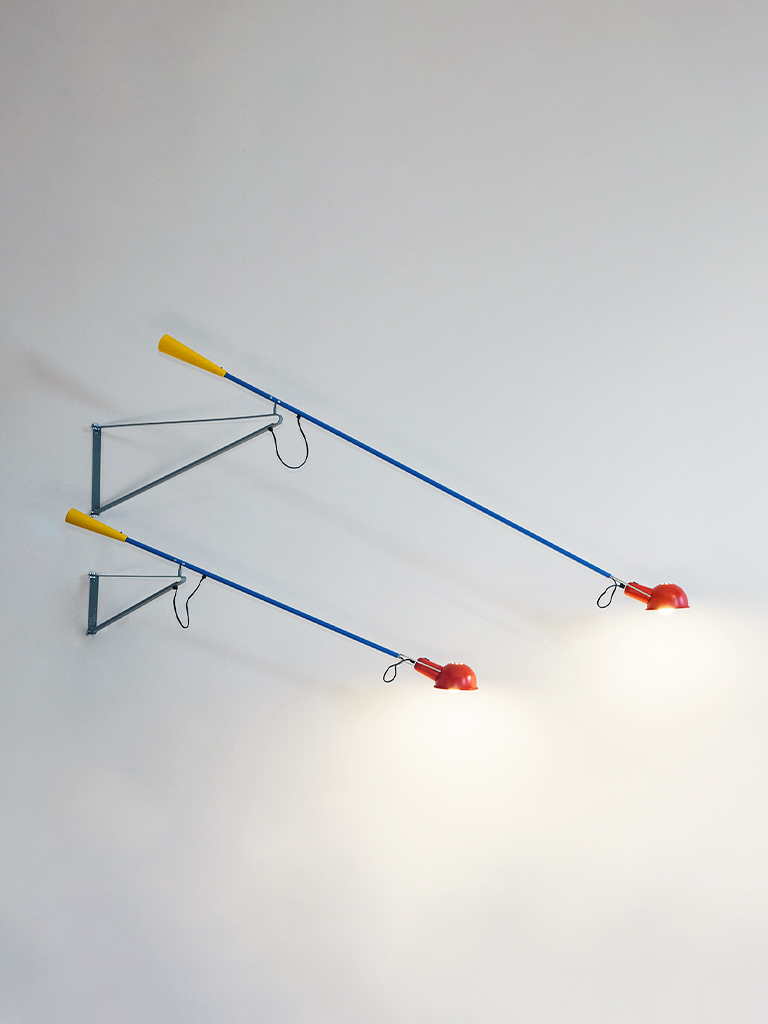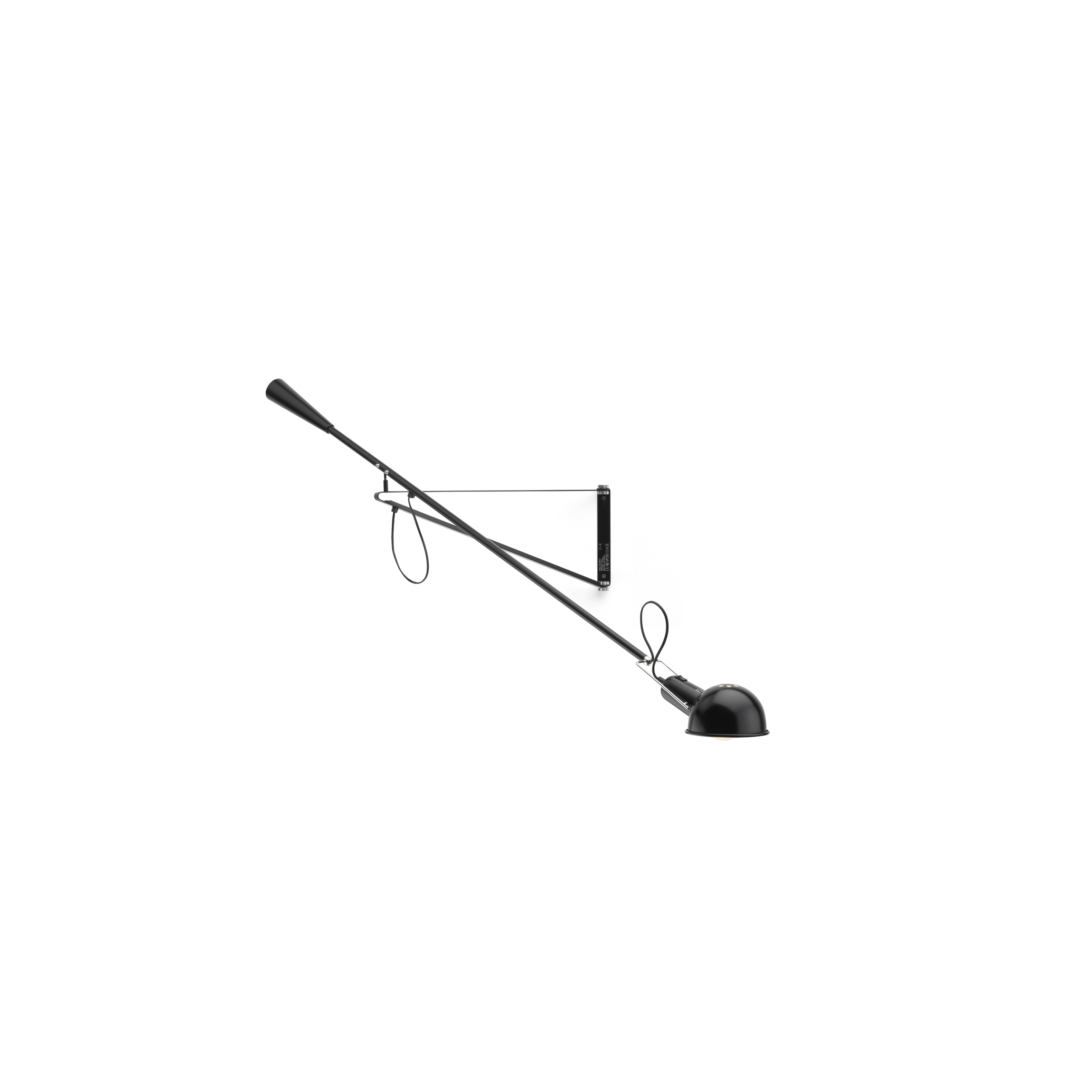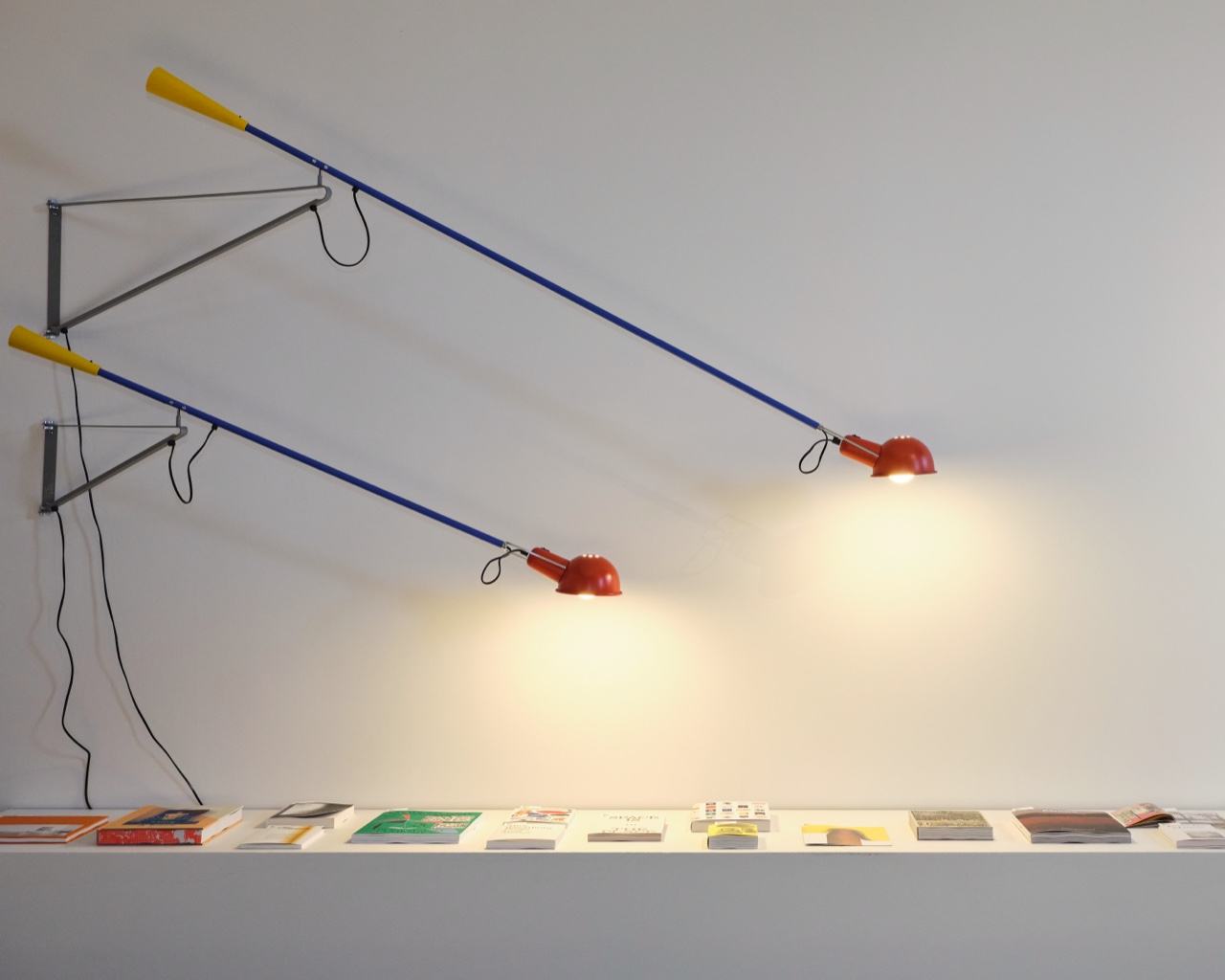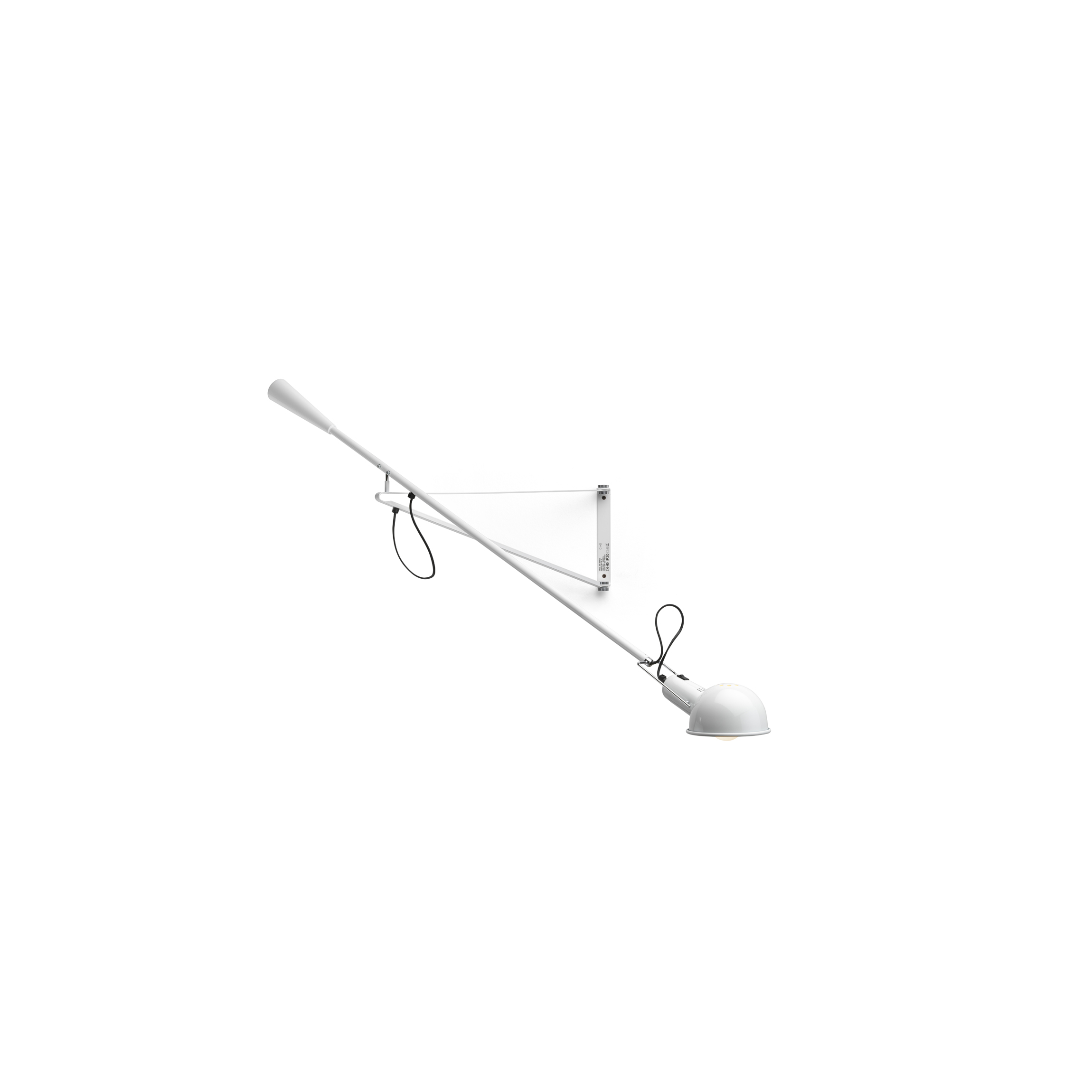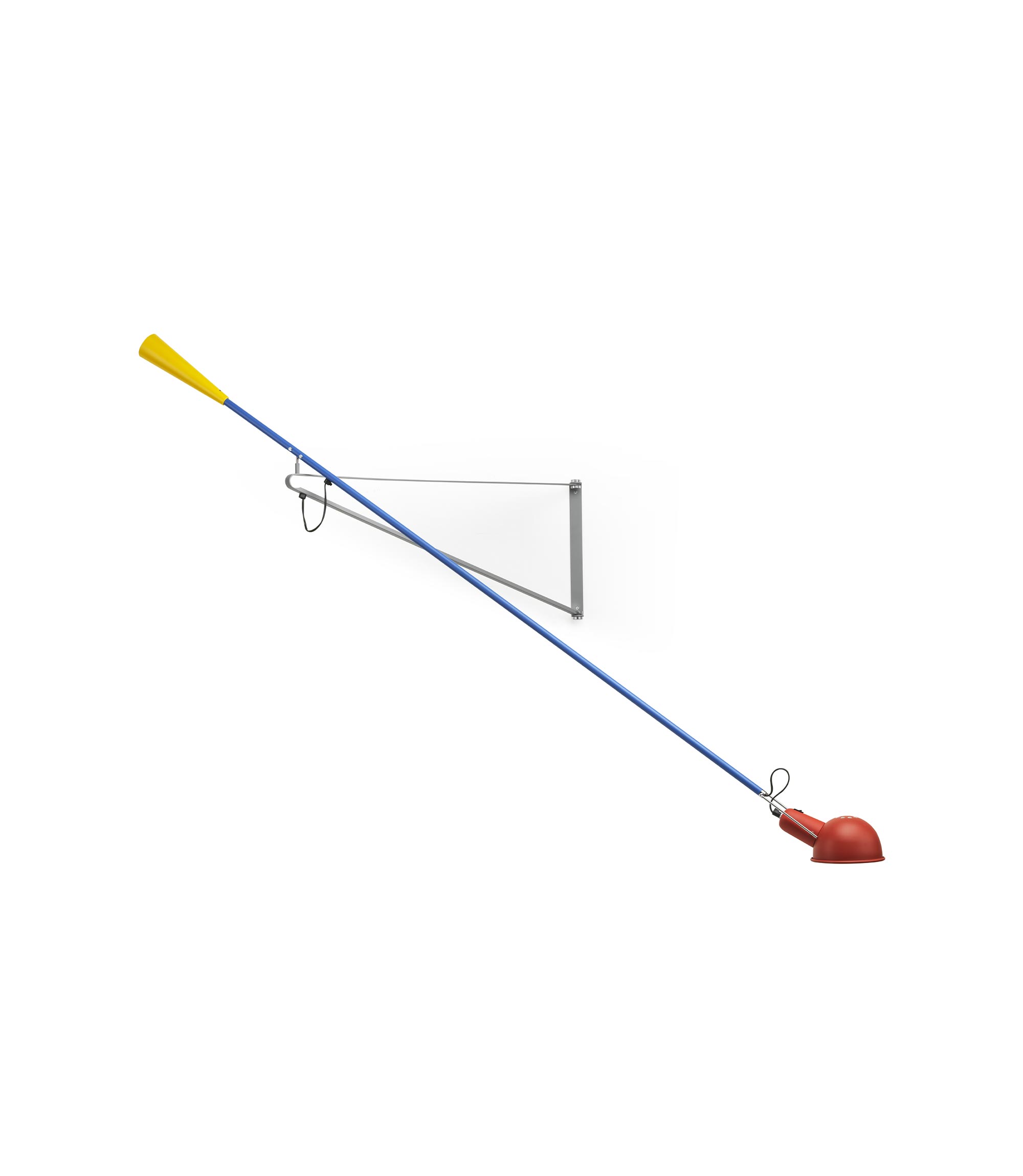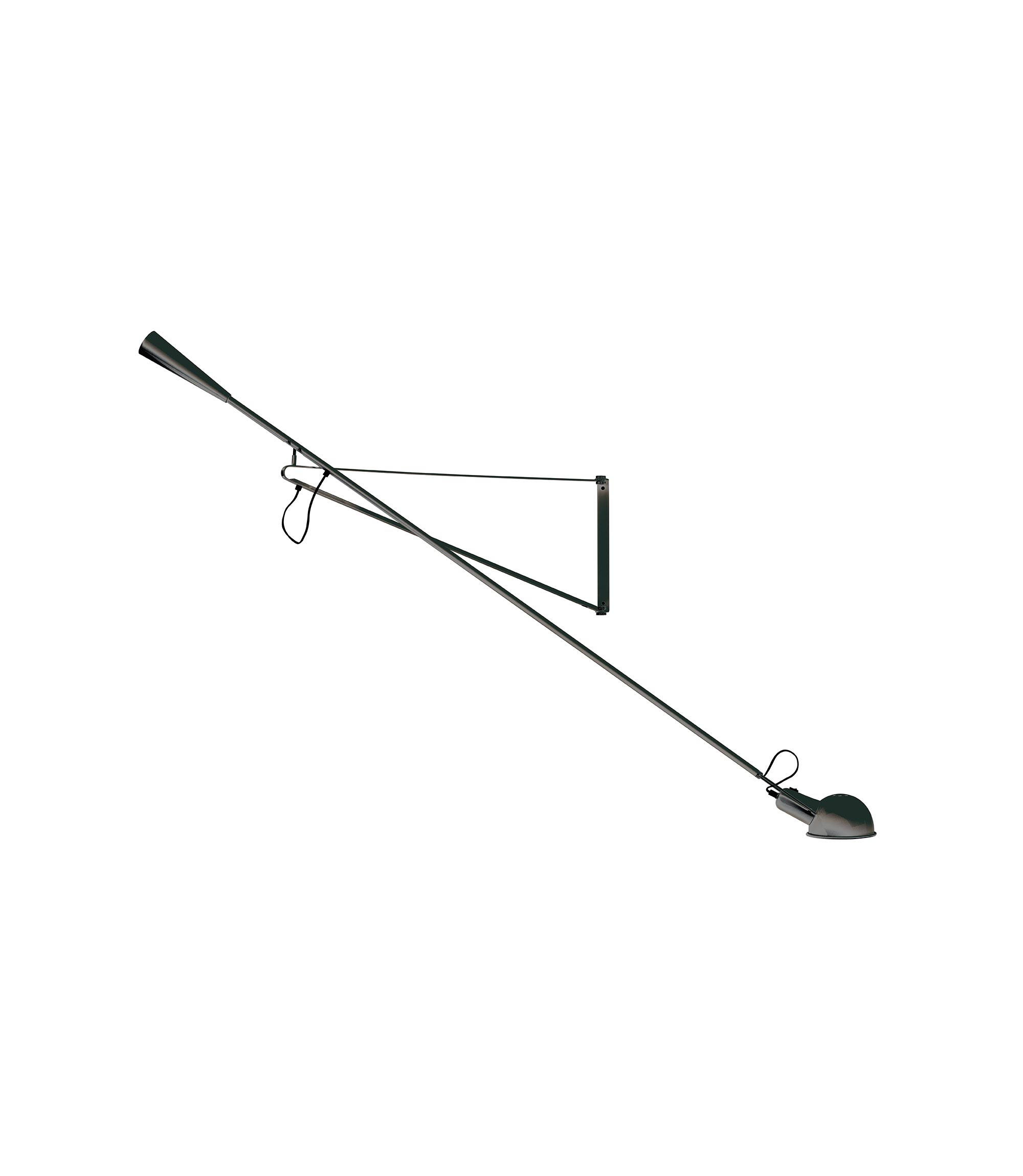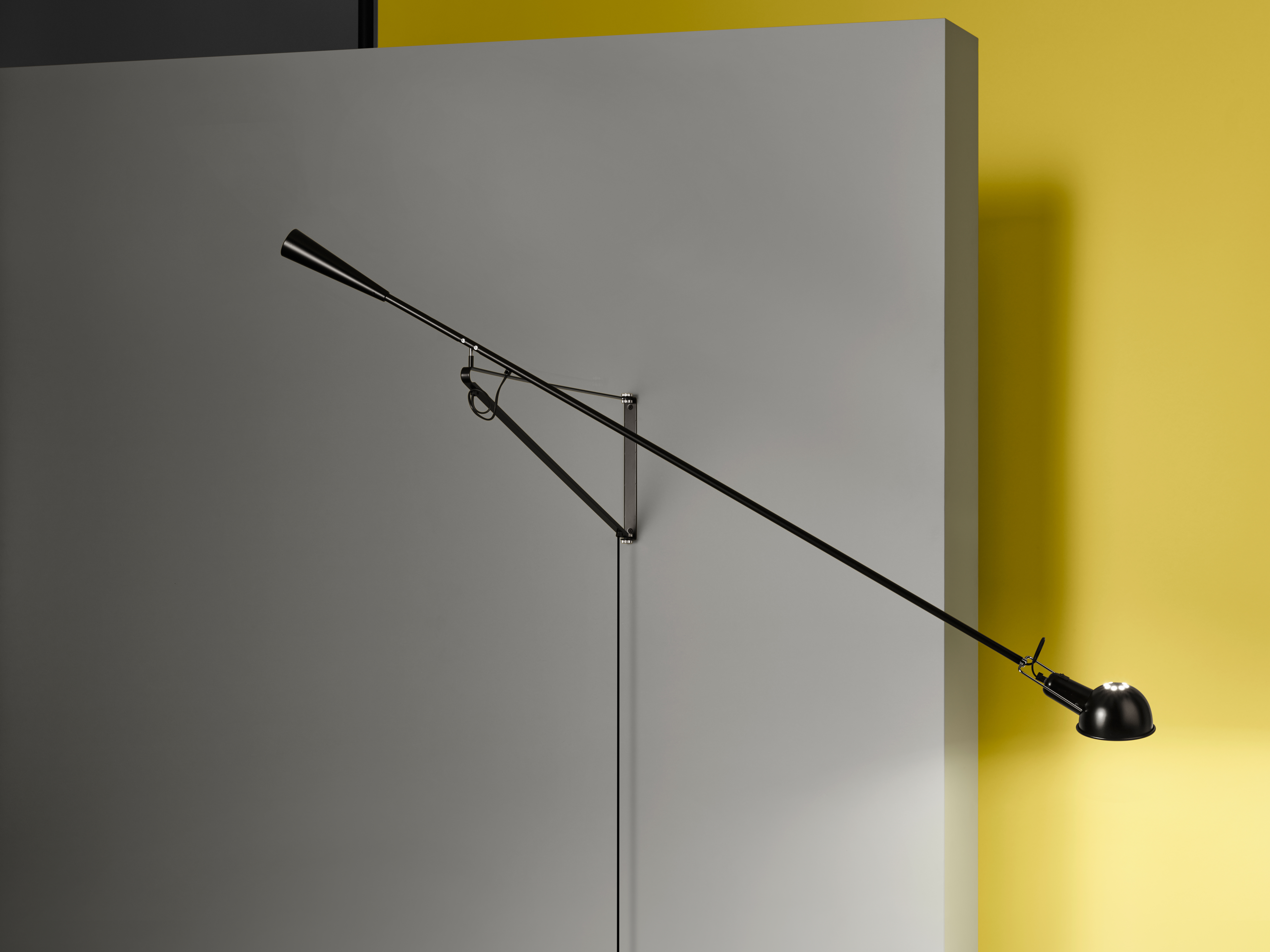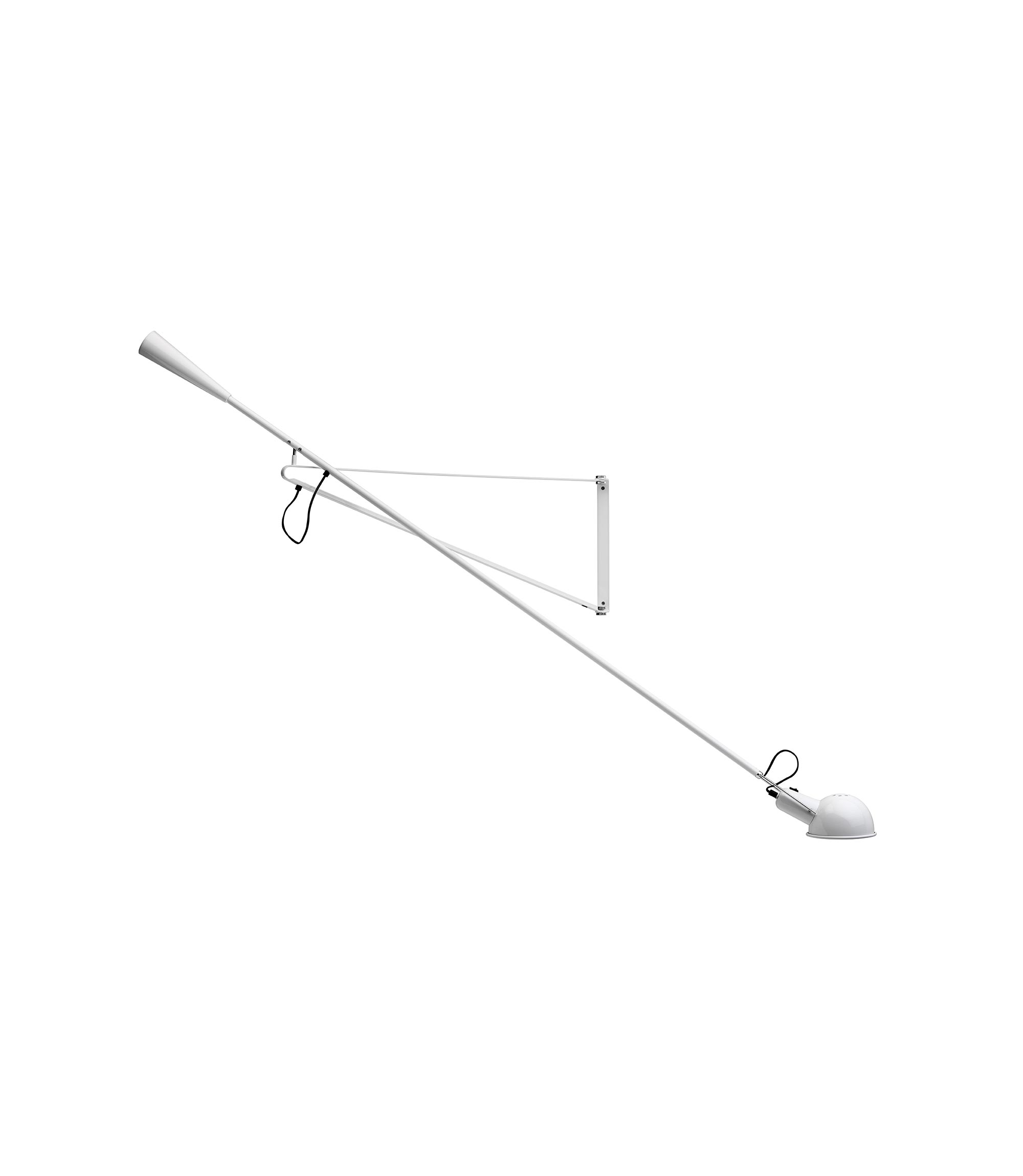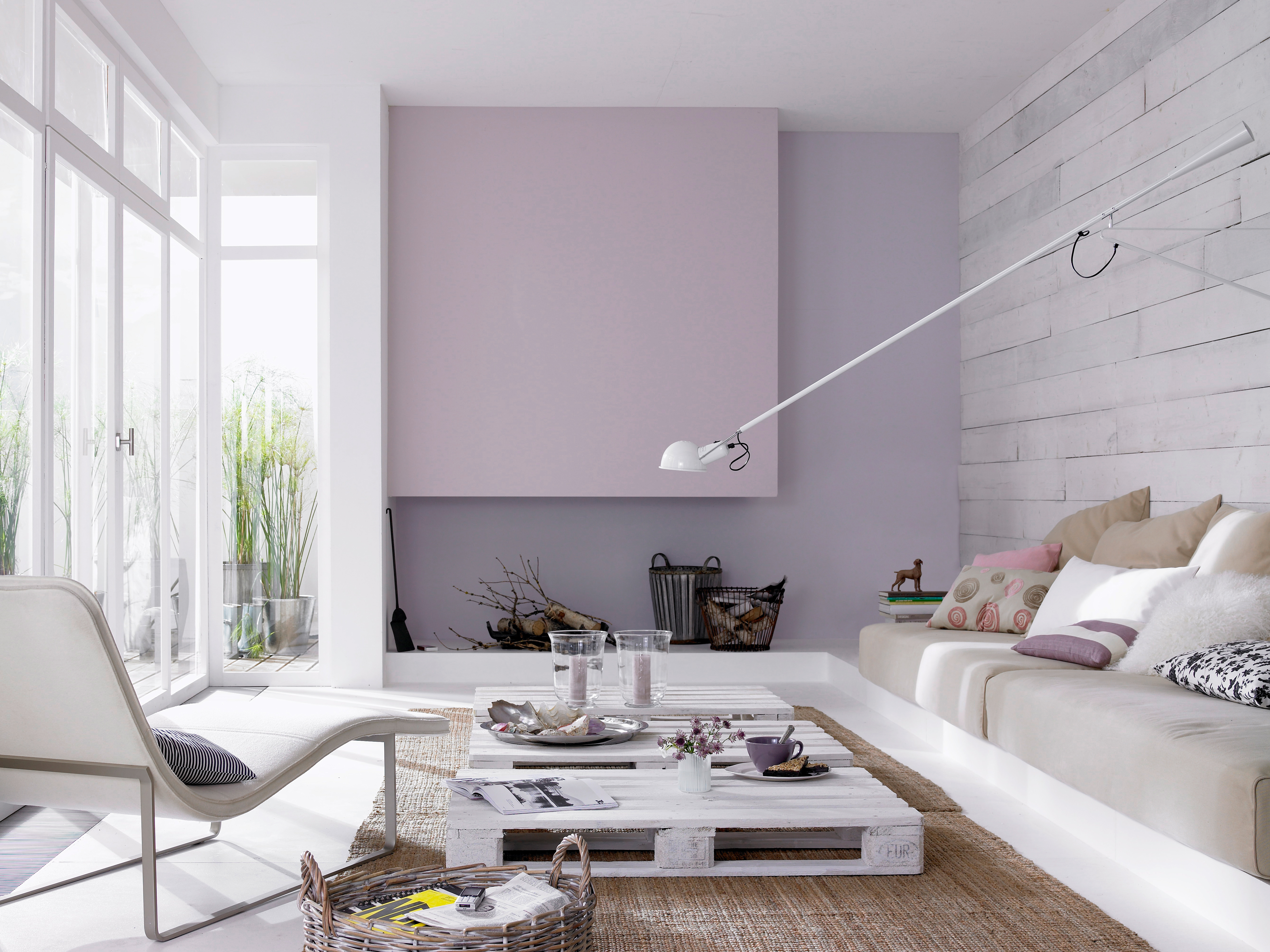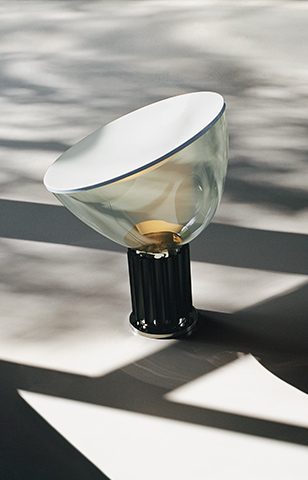The evolution of 265
Same iconic design, new smaller size
265 Small and 265 Small Chromatica are the latest iterations of the 265 by Paolo Rizzatto, the wall lamp that appears to defy gravity with its multi-angle rotatable head and long, adjustable swing arm. The latest lamps boast the same original style and features with new, more versatile proportions thanks to a shorter arm, available in all three colourways. Conceived for Flos back in 1973 when Milanese architect Paolo Rizzatto turned his expertise to lighting for the first time, the 265 was a democratic design imagined for a traditional room of a standard size. That original functional spirit manifests itself again today as their new, compact size makes the 265 Small and the 265 Small Chromatica eye-catching options for spaces of any size and style.


"Light is what allows our eyes to distinguish colour, so using colour to define the design of a light seemed like a natural progression of this concept."
In its original iteration, the lamp formed a homage to colour in painting: featuring primary shades of blue, yellow and red, each colour defined a key element of the design. Rizzatto’s was, however, a rational approach, rather than aesthetic, a way for him to convey his idea of these parts composing the design. ‘Asan architect, I work with the concept of composition: everything I design is made of various parts, my job is to identify each element of a project and then combine them in a harmonic and logical way,’ says Rizzatto‘In the case of the lamp, to highlight each element of the light like this was my way of designing: assigning a colour to each part helped me communicating the project,’ he said.
The design of Rizzatto’s 265 is as simple and intuitive as it is technical and precise: a suspended wall lamp comprising a head and weight, each balanced at the extremities of an adjustable arm, and attached to the wall in an asymmetric position. In Rizzatto’s design, each part featured a specifically chosen primary colour: the head, the most important element, was drawn in red, the weight was yellow and the connecting arm, blue. The lamp was eventually produced in more muted shades, and while it is normally available in black and white, Rizzatto’s original colour proposal is now making its way onto the Flos catalogue to celebrate the architect's original thinking
"The reason why I wanted to design a lamp was not to produce an object, but to produce light. A lamp that would help enhance the human experience of an architectural space."
‘I work as an architect, my first approach to light was based on its function within architecture,’ explains Rizzatto. Nearly five decades on, the modernity of the 265 is not given by its shape but by its well-considered functionality. It was originally conceived for a traditional domestic room of a standard size, and the lamp can be oriented in any direction to illuminate the space. It was the practical translation of a useful, democratic design idea that had long been in Rizzatto’s mind. This first lighting design also allowed him to explore a design language that would later define his product design career.
’When you think of light, you think of a candle: a small object that for centuries illuminated the world. Every technical development of mankind was done by the light of a candle: I always wondered: how could a candle have illuminated the development of mankind? One of the fundamental answers was that it was a small, practical element to move in space. I always connected the idea of light to the idea of movement. The 265 was the first lamp I ever designed, and a design that set this thinking in motion.’

























